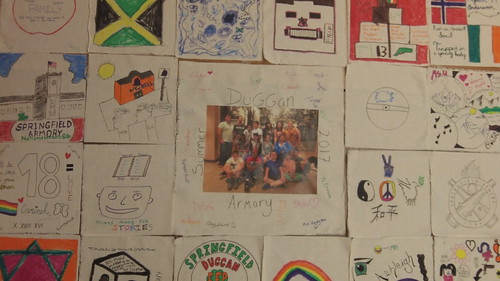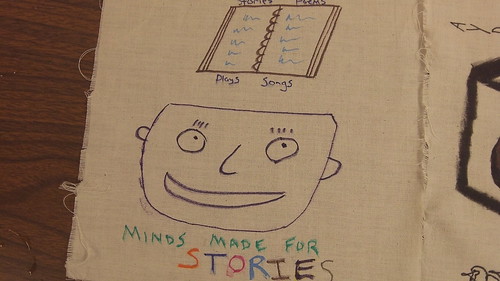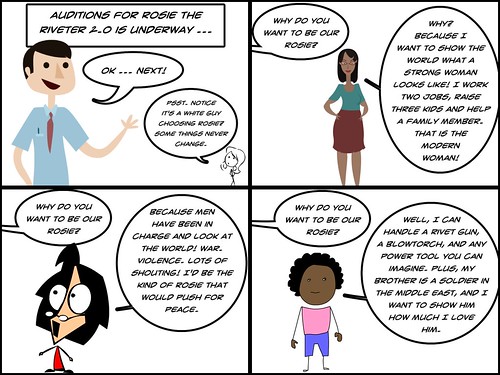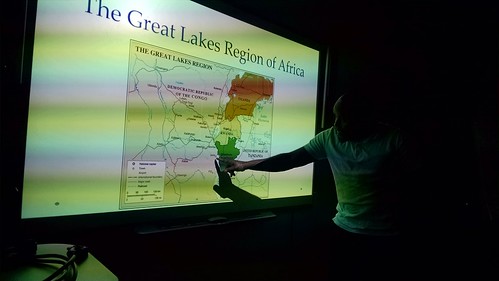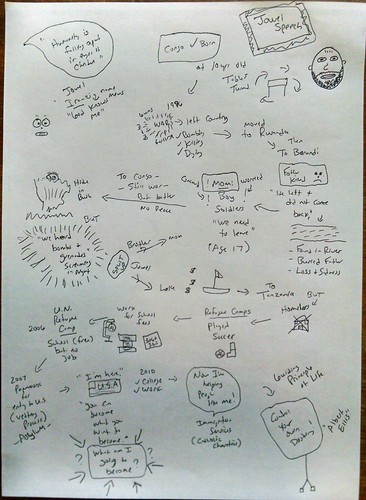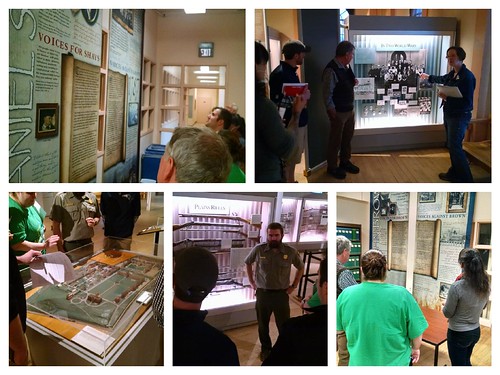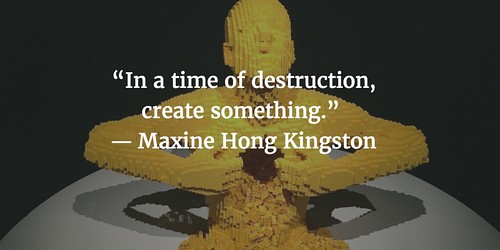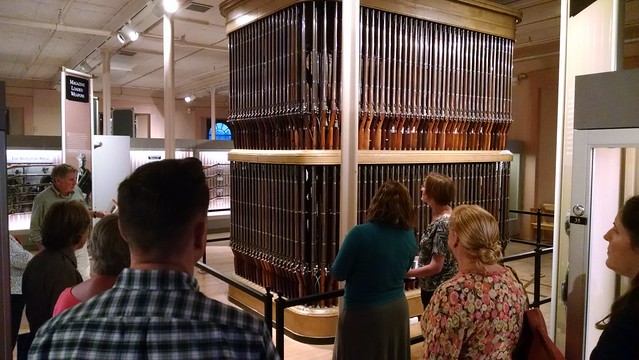
Normally, I am more organized with my thinking at conferences, but I didn’t bring a laptop to this past week’s Annual Meeting of the National Writing Project in Atlanta, and my notes and media are all over the place. So, this is a bit of this and a bit of that. I am sure I am leaving out something I wanted to say …
First, this: Sticky Notes for Literacy.
The NWP AM sessions that I attended reflected an underlying theme of the conference: how does an organization like our local Western Massachusetts Writing Project energize teachers and provide avenues (the buzzword is Pathways, which is the name for a multi-year venture by NWP to support local sites) for them to emerge as leaders now and into the future?
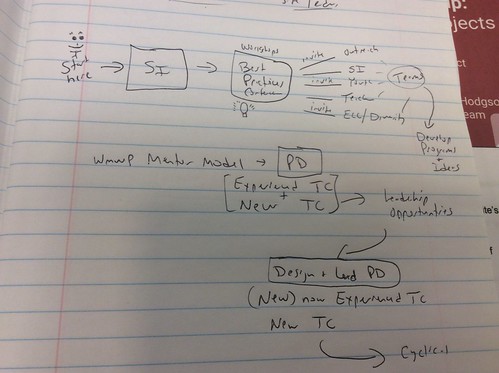
In one session, a group of NWP teachers shared a beta version of a website resource they have been building, which curates articles and documents and other media files from across the many NWP websites as a way to provide information for new leaders. So, if someone who went through a Summer Institute (0r some version of it) wanted to learn more about how to start a Writing Retreat for teachers, or a book study group, they could tap into the website and easily find what others have written about on the topic. I think, once it is done, the online site will have a lot of potential.
In another session, related to Connected Learning, there was talk of how to move Connected Learning ideals into the university classrooms, particularly with an aim at pre-service educators. In the small group discussions, I joined in an intriguing look at the potential intersections of Civic Engagement (or, as Mia Zamora put it, Civic Imagination) and Connected Learning. Mia is planning an interesting project early next year, on this topic, that will be open to anyone, and it sounds intriguing.

I also helped my site director, Bruce Penniman, make a “pitch” to the NWP and a room full of spectators on the merits of a project that we are developing that provides a “pathway” for new leaders from content areas at our site. We want to create a Civics Literacy Leadership Institute, for social studies teachers, that is modeled on a Science Literacy Institute now underway. The idea is to merge literacy practices into content-area instructions. NWP folks are considering funding a number of projects, and we hope we are in the mix. It was as gentle a “Shark Tank” as you can imagine.
In the Plenary Session, we NWP teachers were encouraged to stay true to the ideals of teaching and advocacy and the writing project (teachers teaching teachers — teachers as writers) in this uncertain age. NWP Executive Director Elyse Eidman-Aadahl and NWP Director of National Programs Tanya Baker brought inspirational, and much appreciated, words to the room about staying engaged in the national conversations and doing meaningful work in our classrooms and in our regional networks.
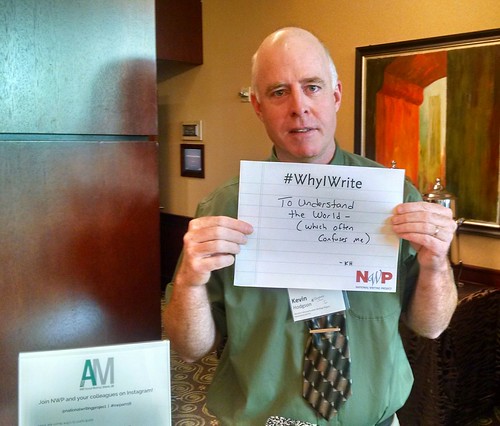
Both Elyse and Tanya infused powerful poetry into their talks, and were separated by two powerful student poets who shared their stories of the power of writing and a few poems that brought us teachers to a resounding applause. We are always a good audience for young writers.
And when Tanya asked us to write to end the Plenary, I did, with her words in my ear.

Finally, I met many friends here and there and everywhere, some of whom I only interact with on Twitter. So, chatting in person with Jennifer Orr, Michelle Haseltine and Karen LaBonte, among others, were a great joys of connection. And hanging out and catching up with my good friend Bonnie Kaplan at the Martin Luther King Jr. Historical Site was a perfect way to spend part of my Friday.
Wait … I can’t forget the NCTE Hackjam, where Andrea Zellner, Chris Butz and other new and old friends hacked the conference space with blackout poetry and human coding and schwag remix on the floor, and escalator, of the conference hall. I only came to NCTE for the Hackjam (now in its xxx year .. I don’t think we really remember), and it was worth it!
Peace (back home),
Kevin

